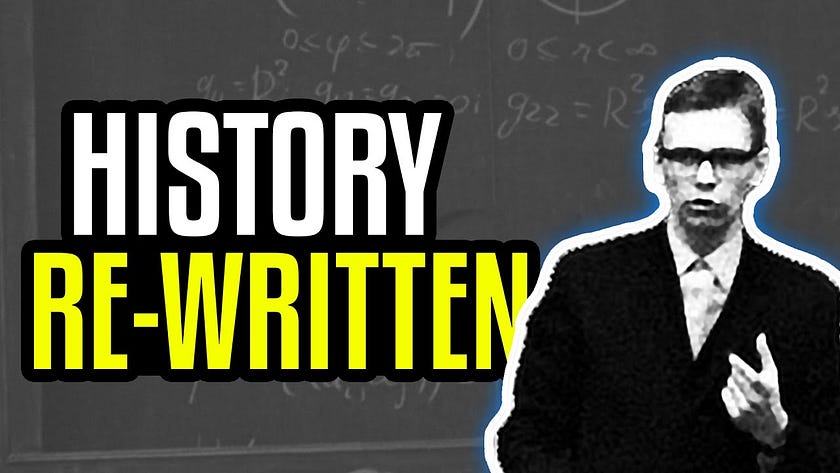
Marco Polo, the name evokes images of adventure, discovery, and cultural exchange in the annals of history. Born in Venice in 1254, Marco Polo embarked on a journey that would not only redefine his life but also reshape the way Europeans perceived the world beyond their borders. His travels along the ancient Silk Road to the court of Kublai Khan in China not only opened up new trade routes but also served as a bridge between East and West, fostering a rich exchange of ideas, goods, and cultures. In this article, we delve into the remarkable journey of Marco Polo, tracing his footsteps across continents and exploring the enduring legacy of his explorations.
The Journey Begins: Setting Sail for the East
In 1271, Marco Polo, along with his father Niccolò and uncle Maffeo, set out on a journey that would span more than two decades. Their voyage took them across the vast expanse of Asia, through treacherous deserts, towering mountain ranges, and bustling cities. Their primary objective was to establish trade relations with the distant lands of the East, particularly China, which held untold riches and wonders.
The Silk Road: Traversing Ancient Trade Routes
The journey of Marco Polo followed the fabled Silk Road, a network of trade routes that connected the Mediterranean world with East Asia. Along the way, they encountered a diverse array of cultures, languages, and customs, from the bustling markets of Persia to the majestic cities of Central Asia. Their travels introduced them to exotic spices, precious gems, and fine silks, sparking a fascination with the riches of the East among Europeans.
The Court of Kublai Khan: A Glimpse into the Heart of the Mongol Empire
After years of travel, Marco Polo and his companions finally reached the court of Kublai Khan, the ruler of the vast Mongol Empire. Kublai Khan, impressed by Marco's intellect and curiosity, appointed him as an emissary and entrusted him with various diplomatic missions. Marco Polo spent several years in the service of the Khan, exploring the far reaches of his empire and documenting his observations in what would later become his famous travelogue, "The Travels of Marco Polo."
The Legacy of Marco Polo: Bridging East and West
Marco Polo's travels had a profound impact on European perceptions of the East, challenging prevailing notions of cultural superiority and opening up new avenues of trade and exchange. His detailed accounts of the wonders of the East, including descriptions of paper money, coal, and the Great Wall of China, captivated the imaginations of readers across Europe and inspired future generations of explorers and adventurers.
Moreover, Marco Polo's journey served as a catalyst for the Age of Exploration, prompting European powers to seek out new trade routes to the East and ultimately leading to the discovery of the Americas. His legacy lives on in the cultural exchanges and connections that continue to shape our world today, reminding us of the power of exploration and the enduring bonds that unite humanity across continents and centuries.
In conclusion, the journey of Marco Polo stands as a testament to the enduring spirit of exploration and discovery that drives humanity forward. From the bustling markets of Venice to the majestic courts of the East, Marco Polo's travels opened up new horizons and forged connections that transcended borders and cultures. His legacy continues to inspire us to seek out new adventures and embrace the rich tapestry of diversity that defines our world. Marco Polo, the Venetian explorer, will forever be remembered as a pioneer of East-West exchange and a symbol of the boundless potential of human curiosity and ambition.